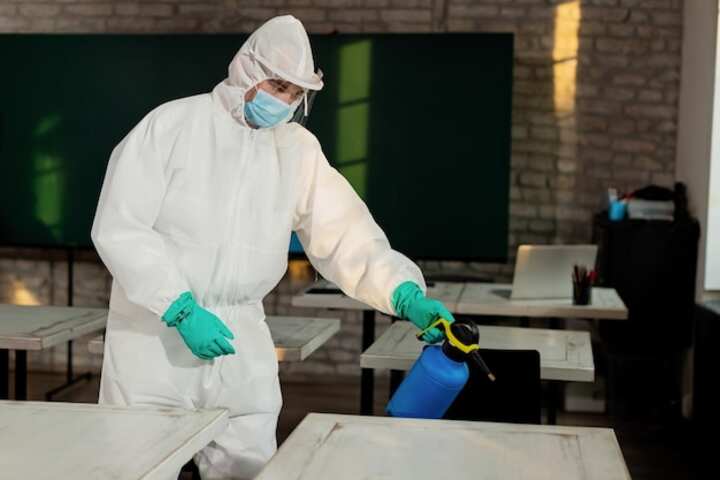
Ensuring Clean Air The Importance of Indoor Air Quality Inspection
Indoor air quality (IAQ) is a critical aspect of ensuring healthy living and working environments. With individuals spending a significant amount of time indoors, the quality of the air inside homes, offices, and other buildings has a direct impact on health, comfort, and wellbeing. Poor indoor air quality can lead to health issues ranging from minor irritations to serious respiratory conditions. This article highlights the importance of regular indoor air quality inspection and the benefits it offers.
Understanding Indoor Air Quality
Indoor air quality refers to the condition of the air within and around buildings, particularly as it relates to the health and comfort of the occupants. Factors influencing IAQ include pollutants such as dust, mold, and volatile organic compounds (VOCs), as well as humidity and ventilation levels. Addressing these factors through regular inspection and maintenance is essential for maintaining a healthy indoor environment.
Reasons for Indoor Air Quality Inspection
Regular indoor air quality inspection offers numerous benefits, including:
- Identify and mitigate sources of indoor pollutants.
- Ensure compliance with health and safety standards.
- Improve overall health and comfort for building occupants.
- Prevent costly repairs by detecting issues early.
- Enhance energy efficiency through optimized ventilation.
Health Impacts of Poor Indoor Air Quality
Poor indoor air quality can lead to a variety of health problems, such as:
- Respiratory issues like asthma and allergies.
- Headaches, dizziness, and fatigue.
- Long-term effects, including chronic respiratory diseases.
More about the health impacts of indoor air quality can be explored in this detailed guide.
Components of an Indoor Air Quality Inspection
An indoor air quality inspection typically includes the following key components:
- Visual Inspection: Identifying visible signs of mold, water damage, and other issues.
- Air Sampling: Testing for pollutants such as VOCs, carbon monoxide, and radon.
- Humidity Assessment: Measuring moisture levels to prevent mold growth.
- Ventilation Analysis: Examining airflow and ventilation systems for efficiency.
For a comprehensive overview of the inspection process, explore further insights here.
Steps to Improve Indoor Air Quality
After identifying issues through an inspection, several steps can be taken to improve indoor air quality:
- Increase ventilation by opening windows or using exhaust fans.
- Use air purifiers to remove pollutants from the air.
- Control humidity levels to prevent mold growth.
- Regularly clean and maintain HVAC systems.
- Choose low-VOC products for cleaning and renovation.
Find additional information on improving air quality here.
Conclusion
Ensuring clean air through regular indoor air quality inspections is vital for the health and comfort of building occupants. By identifying and addressing air quality issues, it is possible to create a safer, more comfortable environment while preventing long-term health problems. For those interested in further exploring the importance of IAQ and inspection methods, read more about this topic.